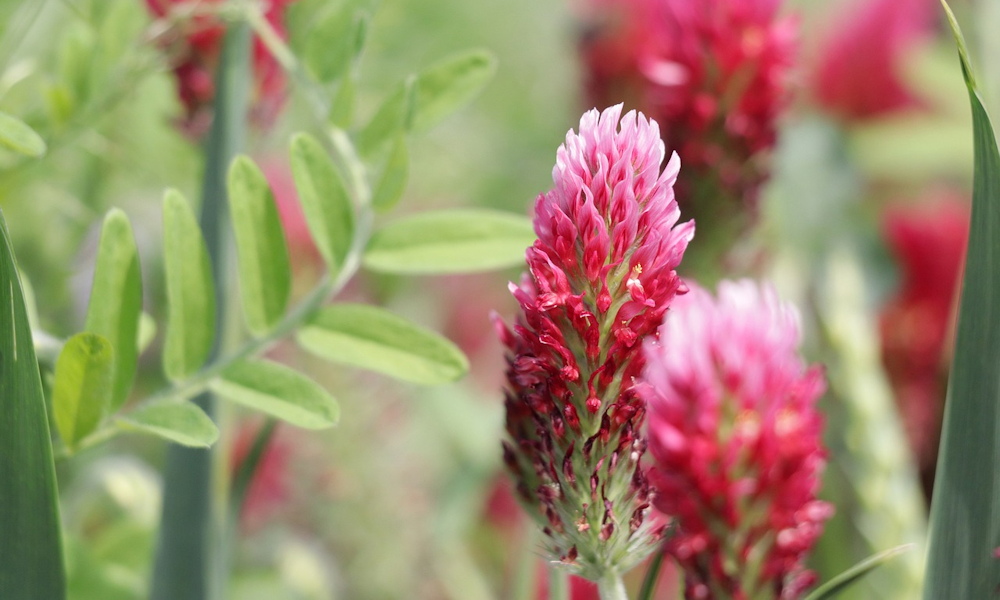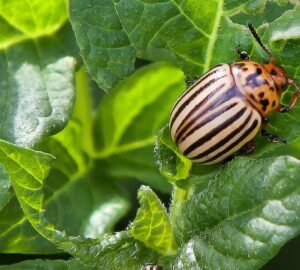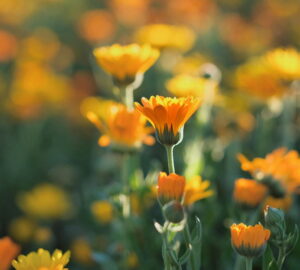When most people think of planting in their garden, they envision rows of vegetables or colorful flowers. However, there is a lesser-known but powerful practice that can transform your garden’s health and productivity: planting cover crops. While traditionally used in large-scale farming, cover crops are gaining popularity among home gardeners for their many remarkable benefits.
What is a Cover Crop? A Garden’s Green Armor
A cover crop is a type of plant grown primarily to cover the soil rather than for harvest. Unlike crops grown for food, these plants are sown to protect and improve soil health, manage weeds, and boost overall garden vitality. The use of cover crops dates back thousands of years, with records from ancient Roman and Chinese agriculture showing their effectiveness in maintaining soil fertility and structure. Today, home gardeners are rediscovering this ancient practice to enrich their gardens in a sustainable and natural way.

Benefits of Planting a Cover Crop in Your Garden
- Natural Weed Control Without Chemicals. Cover crops act as living mulch, shading the soil and crowding out weeds. By occupying space in your garden beds, they prevent weeds from germinating and establishing themselves. This natural weed suppression reduces the need for herbicides or extensive manual weeding, making garden maintenance easier and more eco-friendly.
- Improving Soil Health and Structure. One of the most significant benefits of cover crops is their ability to improve soil health. Certain cover crops, like legumes, add nitrogen to the soil, enriching it naturally. Others have deep roots that break up compacted soil, allowing better water infiltration and aeration. This leads to a looser, more fertile soil structure that benefits all future plantings.
- Attracting Beneficial Insects and Pollinators. Cover crops aren’t just good for the soil; they also play a crucial role in supporting local ecosystems. Many cover crops, such as buckwheat and clover, attract pollinators like bees and butterflies as well as beneficial insects that prey on common garden pests. By planting cover crops, you create a more balanced and vibrant garden environment.
- Preventing Erosion and Retaining Moisture. Bare soil is vulnerable to erosion by wind and water. Cover crops act as a protective barrier, holding the soil in place and reducing the loss of valuable topsoil. Their root systems also help retain moisture in the soil, reducing the need for frequent watering and helping plants better withstand drought conditions.
- Enhancing Organic Matter for a Richer Garden. As cover crops grow, they add organic matter to the soil. When they are cut down or tilled under, they decompose, providing a rich source of nutrients and improving soil texture. This increased organic matter promotes the growth of beneficial soil microorganisms, creating a thriving underground ecosystem that supports plant health.

When to Plant Cover Crops: Timing is Key
Planting cover crops is all about timing. Most gardeners plant them in the late summer or early fall, after the main crops have been harvested. This allows cover crops to establish themselves before winter sets in. However, some can also be planted in early spring to prepare garden beds for summer planting. The key is to allow enough time for the cover crops to grow and provide their benefits without interfering with your main planting schedule.

Top Cover Crop Varieties to Consider
Here are some of the most common cover crops for home gardens:
- Clover (Trifolium spp.): Clover is excellent for fixing nitrogen in the soil, enriching it naturally for future crops. It also produces nectar-rich flowers that attract a variety of pollinators, including bees and butterflies, making it a dual-purpose cover crop.
- Phacelia (Phacelia tanacetifolia): Phacelia is a fast-growing cover crop that quickly establishes a dense canopy, helping to suppress weeds effectively. Its beautiful purple flowers attract a wide range of pollinators, including bees and butterflies, making it a great choice for enhancing garden biodiversity.
- Buckwheat (Fagopyrum esculentum): Buckwheat is a fast-growing cover crop ideal for summer planting, providing quick ground cover to suppress weeds. Its flowers also attract beneficial insects like bees and predatory wasps, which can help control pest populations.
- Mustard (Sinapis alba): Mustard is valued for its biofumigant properties, which help to control soil-borne pests and diseases by releasing natural compounds that suppress pathogens. It is also a rapid grower that provides good ground cover and organic matter when incorporated into the soil.
- Hairy Vetch (Vicia villosa): Hairy vetch is a leguminous cover crop known for its ability to fix nitrogen, adding fertility to the soil for subsequent crops. It also forms a dense, sprawling ground cover that helps protect the soil from erosion and suppress weeds.

Planting and Care Tips for a Thriving Cover Crop Garden
- Prepare the Soil: Clear away any debris or remaining crops and lightly till the soil to prepare for planting.
- Sow Seeds Evenly: Broadcast seeds evenly across the garden bed and rake them into the soil lightly for good seed-to-soil contact.
- Water Regularly: Keep the soil moist until seeds germinate. After establishment, most cover crops require minimal watering.
- Manage Growth: Depending on the crop, you may need to mow or cut them back before they go to seed to prevent them from becoming invasive.
- Incorporate into the Soil: When you are ready to plant your next crops, cut down the cover crop and turn it into the soil to decompose and release nutrients.

5 Fascinating Facts About Cover Crops
- Ancient Practice, Modern Benefits: Cover cropping has been used since ancient times for sustainable farming, long before the advent of synthetic fertilizers.
- Soil Microbe Boosters: Certain cover crops, like legumes, help increase beneficial soil microbes, enhancing nutrient availability for future crops.
- Living Snow Fences: In some regions, cover crops like rye are planted to act as natural barriers against snow drifts.
- Dynamic Accumulators: Some cover crops, such as comfrey, are known as “dynamic accumulators,” drawing nutrients up from deep soil layers.
- No-Till Farming Allies: Cover crops are essential in no-till farming systems, helping to reduce soil compaction and maintain soil health without disturbing the soil structure.

The Secret to a Healthier, More Sustainable Garden
Planting cover crops is an often-overlooked technique that can bring numerous benefits to your garden, from enhancing soil health to supporting local wildlife. By integrating cover crops into your gardening routine, you create a more sustainable and productive space, ensuring that your garden thrives year after year. So, this season, why not give cover crops a try and unlock their hidden potential?









